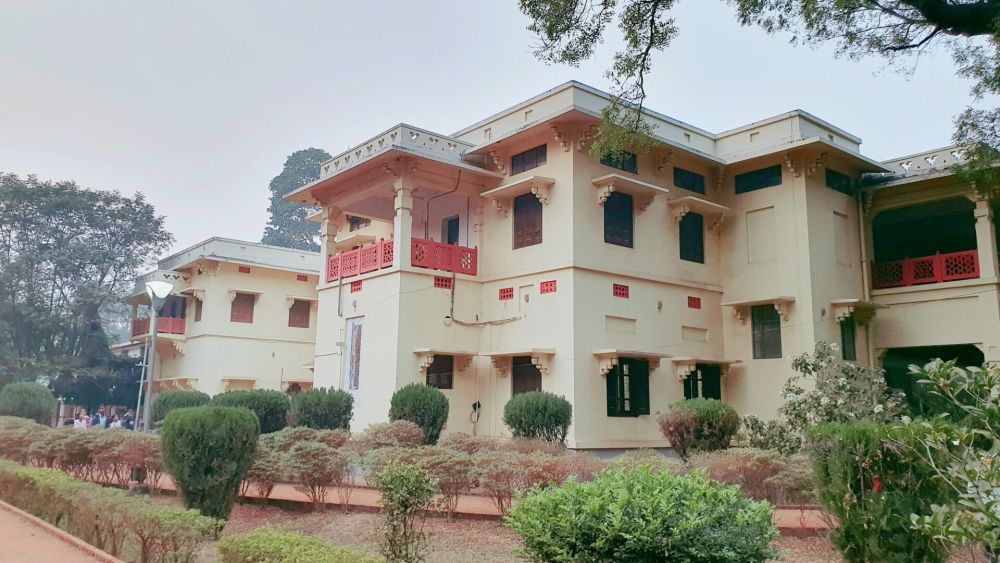

Founded by the Nobel laureate Rabindranath Tagore in 1921, Visva-Bharati University in Shantiniketan, West Bengal, is not only an acclaimed educational institution but also an embodiment of cultural heritage and a significant tourist attraction. The name itself, Shantiniketan, means "abode of peace," and this tranquil university town has long been a destination for intellectuals, artists, and visitors from across the globe.
The history of tourism in Shantiniketan is entwined with its educational and cultural ethos. Maharishi Debendranath Tagore, Rabindranath Tagore's father, founded an Ashram here in 1863, which later became the seed from which Visva-Bharati University grew. Originally a place for spiritual meditation and learning, it gradually became a hub for cultural exchange, attracting thinkers and artists alike.
Rabindranath Tagore's vision for Visva-Bharati was for it to be a place where the world makes a home in a single nest. This vision translated into a philosophy that drew international attention and made Shantiniketan a prime destination for those interested in experiencing Tagore's progressive educational practices and his multifaceted legacy.
Visitors flock to Shantiniketan not only to see the place where Tagore lived and worked but also to engage with the various institutions he established. Key attractions include:
Shantiniketan is also famous for its colorful festivities such as Poush Mela, an annual fair and festival that takes place in December and attracts thousands of visitors. The fair showcases local handicrafts, performances, and a vibrant cultural environment.
The Basant Utsav celebrates the arrival of spring with students and visitors dressing in yellow and participating in cultural programs, including folk dances and songs set to Tagore's own compositions.
In recent years, sustainable and cultural tourism has seen a rise in Shantiniketan, with visitors increasingly seeking engagement with local communities and deepening their understanding of the place's heritage. Homestays have become popular, providing tourists with an authentic Bengali experience and the chance to enjoy Bengali cuisine and hospitality.
Art workshops and classes offer tourists the opportunity to learn traditional crafts and art forms, adding an educational aspect to their travel experience.
As a focal point of education and cultural synthesis, Visva-Bharati University in Shantiniketan continues to be a testament to Rabindranath Tagore's progressive vision. For tourists, it offers a unique opportunity to delve into the life and philosophy of one of India's greatest polymaths, in the serene and enriching environment that he created.